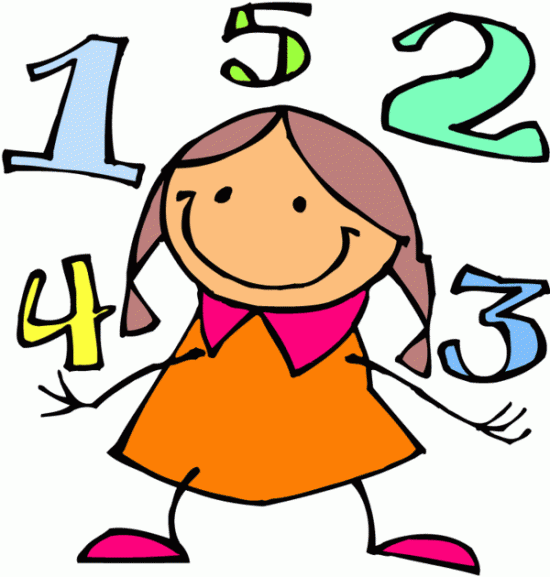1. Geography: Signs of Spring:
We started off by acknowledging the signs of spring by going on a spring nature walk. We discussed what we found and then had a look at a spring PowerPoint which featured lots of 'spring things'. In each slide, some of the spring things would disappear and they would have to tell me what sign of spring (daffodils, cherry blossoms, lambs, nests, frog spawn, etc.) had gone missing each time.
We also acknowledged our new desktop wallpaper which I feel is an excellent daily reminder of the season!
Image does not belong to me. It is used for educational purposes.
2) History: The Ugly Duckling:
We read the story of the Ugly Duckling and talked about how he felt, how we could help him if we were there at the time and how we should treat people who are different. We then drew a picture of an event from the beginning, middle and end of the story. We cut the pictures out and gave them to our partners to sequence and stick onto some nice blue backing paper.
Image does not belong to me. It is used for educational purposes.
3) English: Instructional Writing (Free Writing):
Following on from the story of the Ugly Duckling, we created our own four step ducklings from play dough (roll a small ball for the head, a big one for the body, make a tail, stick on googly eyes and stick on a beak). After they were made, we drew a picture of each stage of the process in four boxes and wrote a sentence about each stage under each picture. We then took a picture of the finished product to stick onto our instructions at the end.
Following on from the story of the Ugly Duckling, we created our own four step ducklings from play dough (roll a small ball for the head, a big one for the body, make a tail, stick on googly eyes and stick on a beak). After they were made, we drew a picture of each stage of the process in four boxes and wrote a sentence about each stage under each picture. We then took a picture of the finished product to stick onto our instructions at the end.
The following week we planted onions and recounted our procedure in a similar way.
4) Science and Geography: Animals and Their Young:
We focused on animals and their young. We read the story ' Baa! Moo! What Will We Do?' about some farm animals who lost their babies.
We focused on animals and their young. We read the story ' Baa! Moo! What Will We Do?' about some farm animals who lost their babies.
Image does not belong to me. It is used for educational purposes.
We helped the mother animals find the baby animal pictures that I had placed/hidden around the room. They named the baby animals when they spotted them and called out to them using the poem we are learning:
Come My Chicks
Come My Chicks
Come my chicks,
It's time for bed,
that's what mother hen said,
But first I'll count you just to see,
If you have all come back to me,
Chick 1, chick 2, chick 3, Oh dear!
Chick 4, chick 5, yes you're all here!
We replaced the words 'chicks' and 'hen' with whatever animal we were calling out for at the time. E.g. piglets, pig, foal, horse, lamb, sheep, calf, cow, gosling, goose.
We also discussed differences and similarities between the mothers and their young in pairs using matching mothers and their babies animal cards.
5) Science and Geography: The Frog Life Cycle:
5) Science and Geography: The Frog Life Cycle:
We focused on the frog life cycle and played this fun game to learn and discuss the stages of a frog's life: http://www.sheppardsoftware.com/scienceforkids/life_cycle/frog_lifecycle.htm
Image does not belong to me. It is used for educational purposes.
We then drew pictures of the stages and labelled them using key words on the board.
6) Art: Spring Flowers:
We looked at pictures of spring flowers. We painted spring flowers focusing on different flowers we could make with different brush sizes: We dabbed big fluffy paintbrushes on the page to paint fluffy yellow flowers, red thin brushes to paint thin petals and thin dots of blue paint to paint bluebell like flowers. Then we painted in all the stems on the flowers and some grass to finish off!



7) Music: Over in The Meadow:
We sang the song 'Over In the Meadow' (From the Right Note Programme: Senior Infants) about all the animals and their young and we made sound effects between each verse to represent the animal we had sung about.
Image does not belong to me. It is used for educational purposes.
8) History and Drama (lesson 2): The Children of Lir:
We read the Irish Legend of the Children of Lir on this website.
We linked this with drama by acting out important scenes from the story as we read through it e.g. the transformation of the children into swans, their travelling from lake to lake and their changing from swans to old people. We then drew pictures from the story and wrote a sentence to accompany what we had drawn. I chose a couple of different pictures from the class and we sequenced them to put up on the wall of the classroom.
Image does not belong to me. It is used for educational purposes.




















.JPG)
.JPG)


